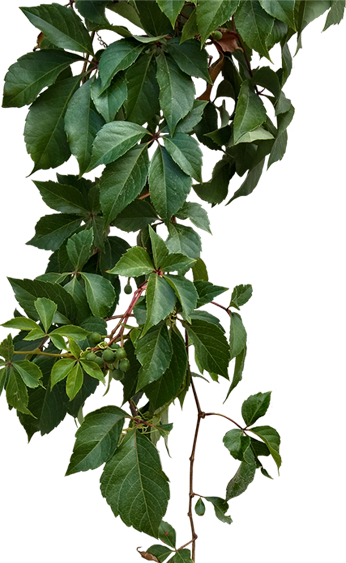
Plant Lighting vs. People Lighting: What's the Difference?
- Home
- Plant Lighting vs. People Lighting: What’s the Difference?
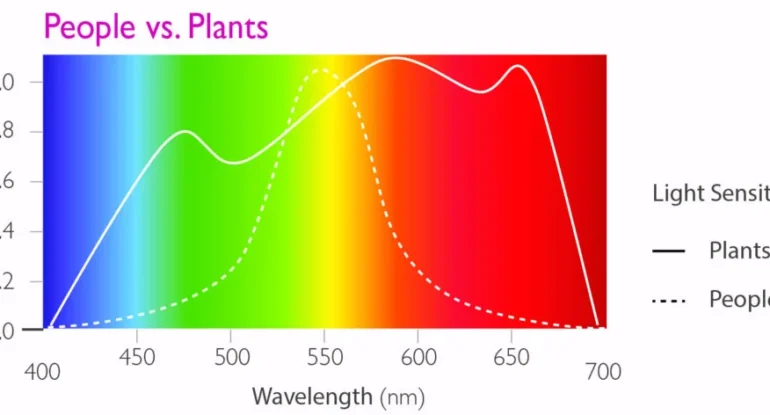
Plant Lighting vs. People Lighting: What’s the Difference?
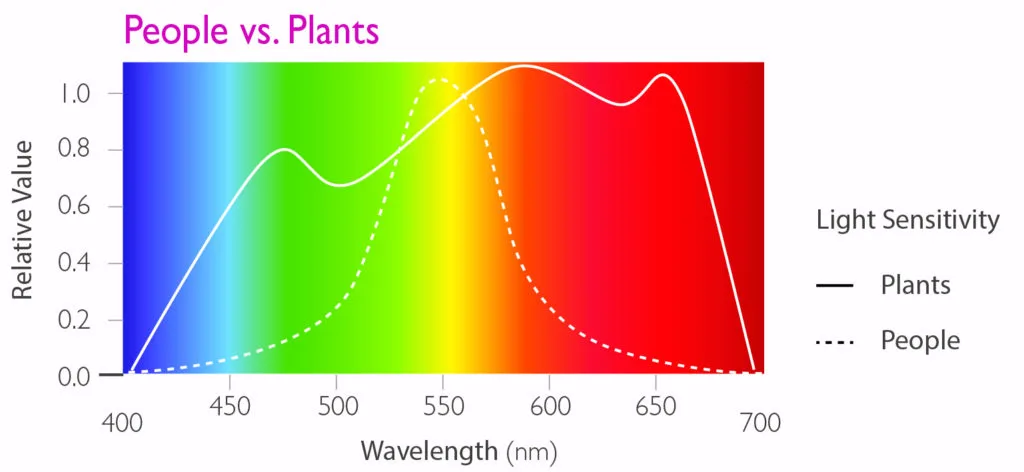
Many people often ask, “What’s the difference between plant lighting and people lighting?” Understanding these differences is crucial for making informed decisions in agriculture, horticulture, and interior lighting design. Let’s dive deeper into the science behind both lighting types with examples, data, and references
Spectrum Graph Insights
At the top, you’ll see the plant and light reaction graph. In the middle, the solar light appears with a wide spectrum ranging from UV to IR light.
- X-axis: Represents wavelengths (measured in nanometers, nm)
- Y-axis: Represents relative intensity
The solar spectrum naturally covers all necessary wavelengths for both human vision and plant growth, but different lighting technologies selectively enhance certain regions for their respective purposes.
Many people often ask, “What’s the difference between plant lighting and people lighting?” Understanding these differences is crucial for making informed decisions in agriculture, horticulture, and interior lighting design. Let’s dive deeper into the science behind both lighting types with examples, data, and references
Spectrum Graph Insights
At the top, you’ll see the plant and light reaction graph. In the middle, the solar light appears with a wide spectrum ranging from UV to IR light.
- X-axis: Represents wavelengths (measured in nanometers, nm)
- Y-axis: Represents relative intensity
The solar spectrum naturally covers all necessary wavelengths for both human vision and plant growth, but different lighting technologies selectively enhance certain regions for their respective purposes.
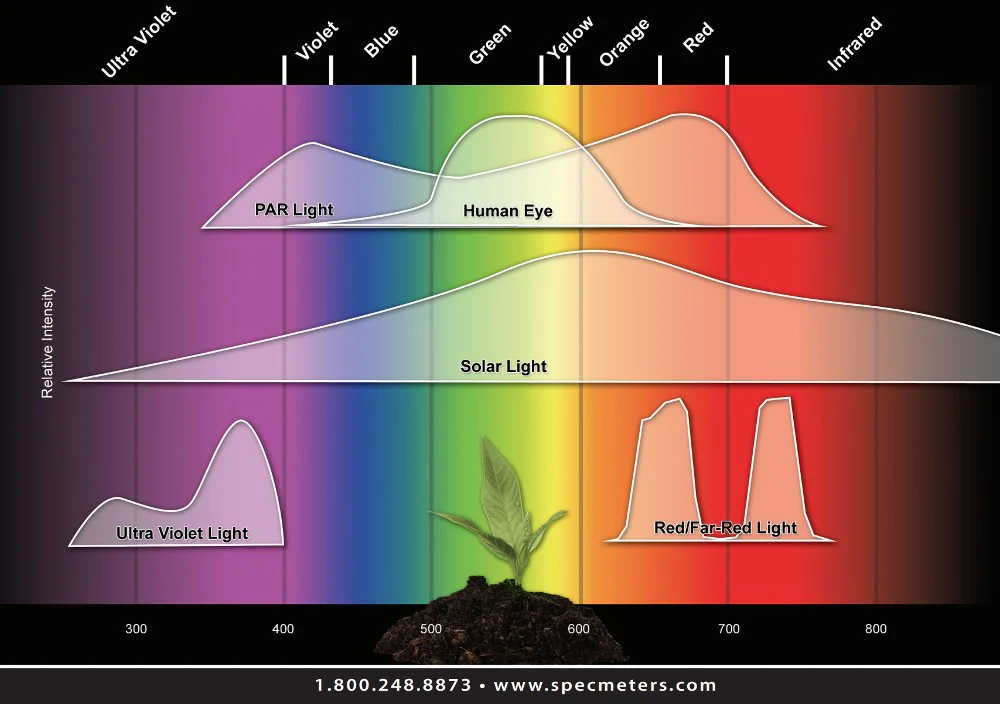
Key Differences in Light Response
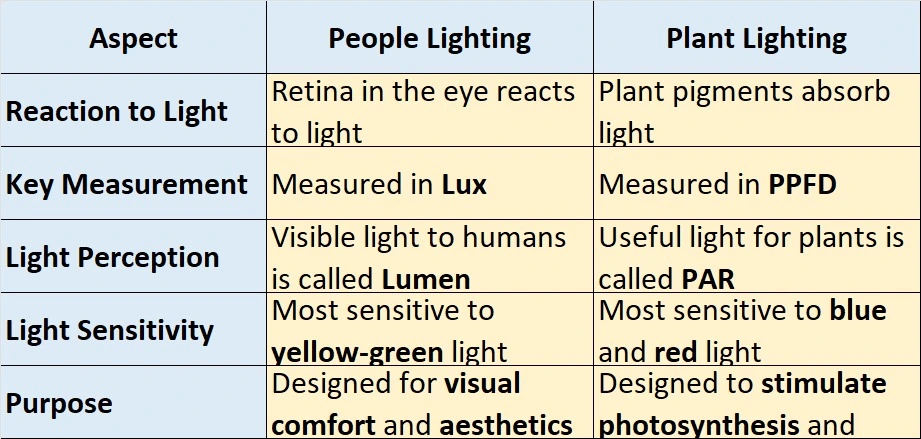
- Human Lighting: Maximum sensitivity in the green-yellow region (~500-600 nm) for optimal visibility. This is why indoor lighting is designed to maximize these wavelengths.
- Plant Lighting: Maximum absorption occurs in the red-blue region (~400-500 nm and ~600-700 nm) for photosynthesis (shown in the McCree curve).
🌿 Absorption and Reaction
- Plant Lighting: Chlorophyll pigments absorb light in the red and blue spectrum to drive photosynthesis. Specific pigments such as chlorophyll A, chlorophyll B, and carotenoids each have their own absorption peaks.
- People Lighting: The retina’s photoreceptors react primarily to green-yellow light, with rods supporting low-light vision and cones enabling color perception.
🔢 Measurement Units
- LUX: Used for measuring illuminance in people lighting. It defines how bright the light appears to the human eye.
- PPFD (Photosynthetic Photon Flux Density): Used for measuring plant lighting. It quantifies the number of photons (measured in µmol/m²/s) that reach a plant’s surface for effective photosynthesis.
🌿 Purpose
- People Lighting: Designed for visual comfort, task performance, and aesthetics.
- Plant Lighting: Designed to stimulate photosynthesis and promote plant growth by mimicking natural sunlight.
💡 Additional Insights
- In plant lighting, the green and yellow spectrum, along with UV and IR, also contribute to plant development, influencing factors such as flowering, pigmentation, and defense mechanisms.
- In human lighting, controlled amounts of blue and red light help regulate circadian rhythms, improve alertness, and support overall well-being.
📊 Scientific Support and References
- The McCree curve illustrates how plants respond to different light wavelengths for photosynthesis.
- Studies from institutions like the American Society for Horticultural Science and the International Commission on Illumination (CIE) provide data on human visual sensitivity and plant response curves.
- For more details on plant lighting efficiency, see research published by the Journal of Photochemistry and Photobiology.
Understanding these differences can help you choose the right lighting for your needs, whether you’re improving indoor spaces or optimizing plant growth! 💡🌟
PLANT LIGHTING
LED PLANT LIGHTING
GROW LIGHTS
PLANT LIGHTS FOR INDOOR PLANTS
- Blog Categories
- Basic of Artificial Lighting for Plants
- Basic of grow Light
- Case Studies
- General Awareness
- Indoor Vertical Farming
- Medical Plant Research
- Online Tool
- Pitch Grow Light
- Plant Lighting Measurement
- Speed Breeding
- Supplemental Lighting
- Tissue Culture Grow Lights
- Vertical Green Wall
- LED Grow Lights
- Pharma Segment
- General
Popular Products
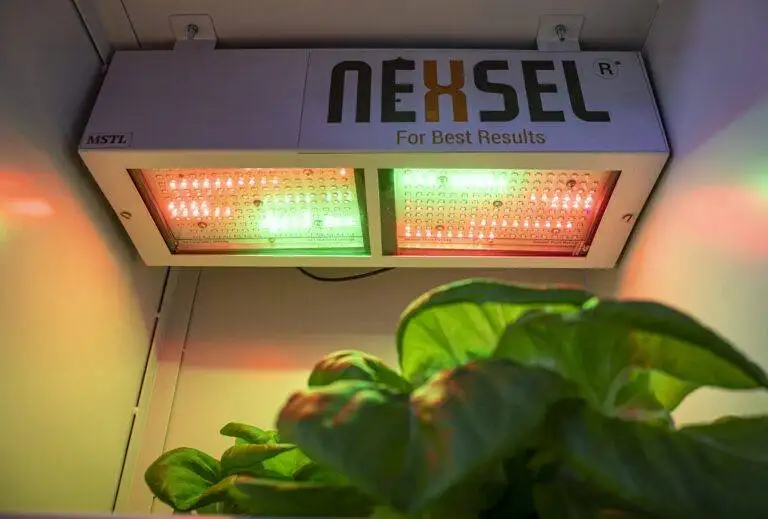
Enquire Now
Quick Link
Other Links
Design & Developed By VBTEK
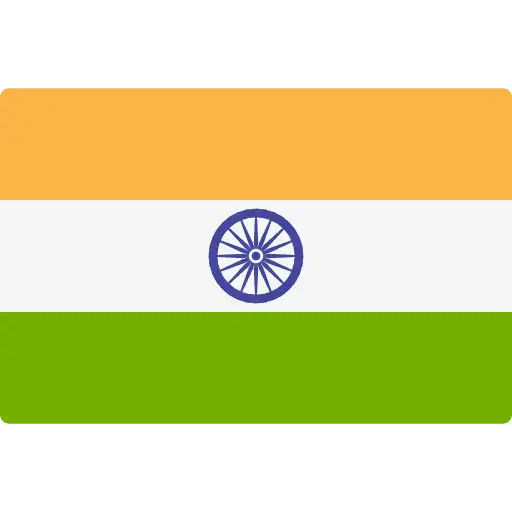
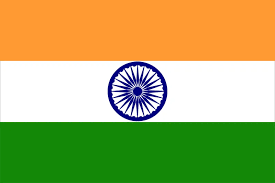
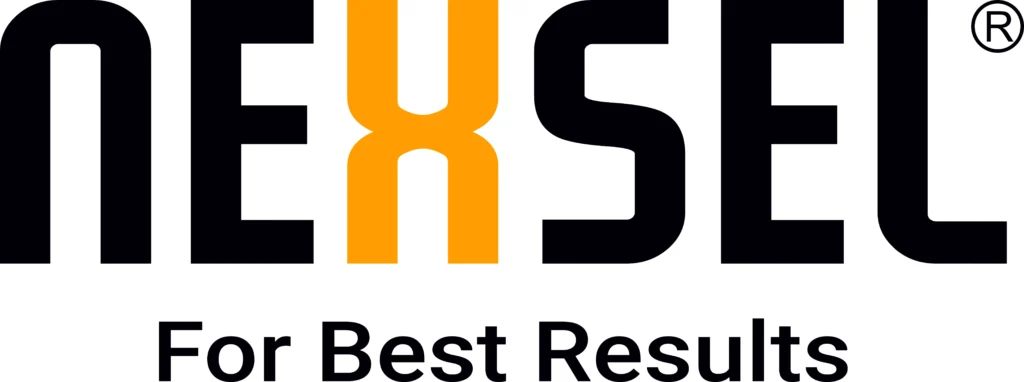
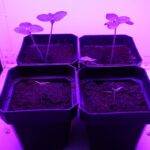
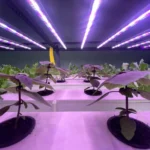
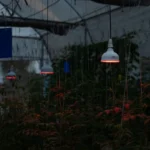
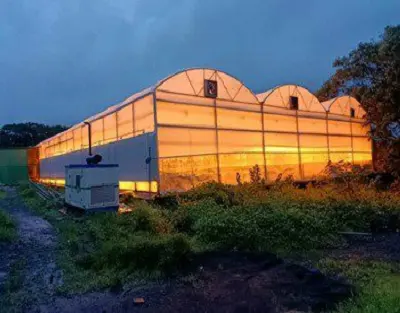
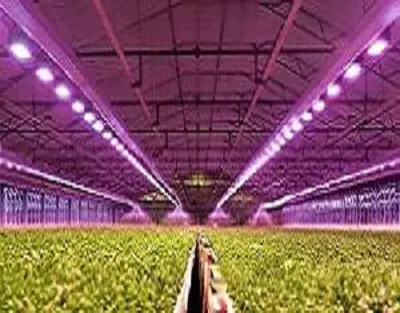
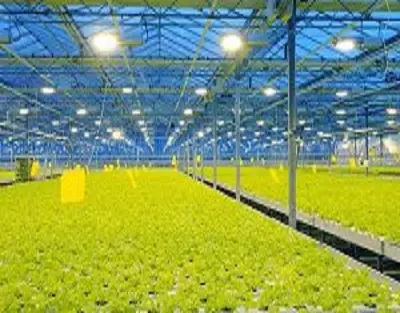
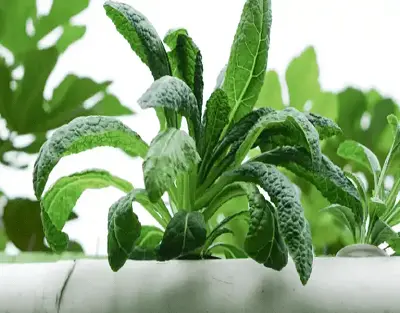
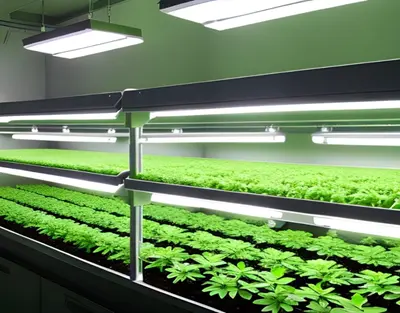
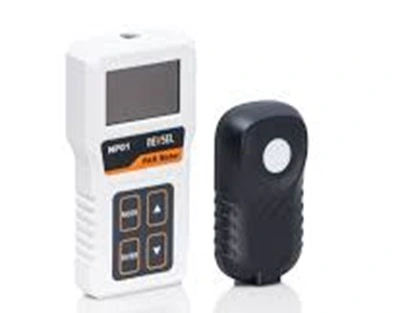
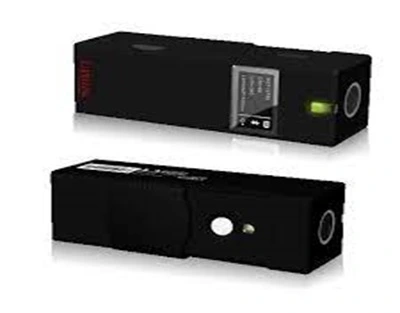

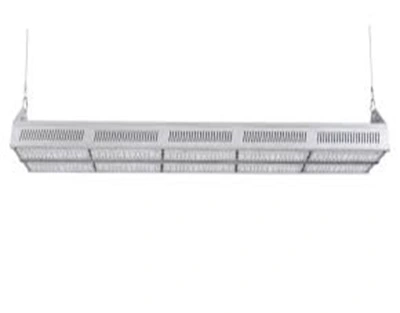
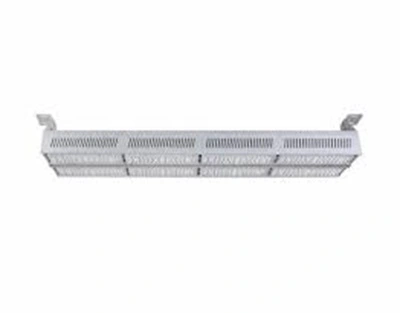
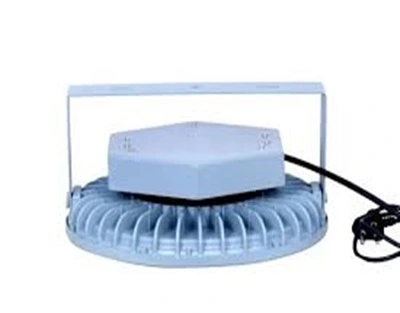
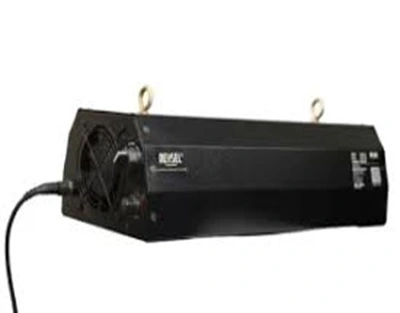
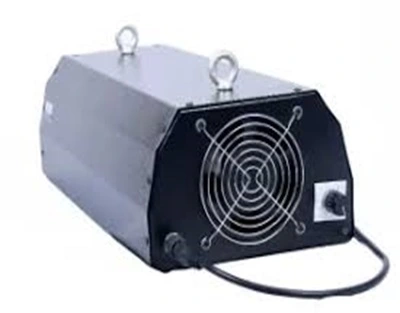
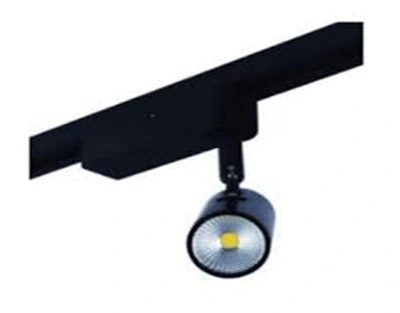
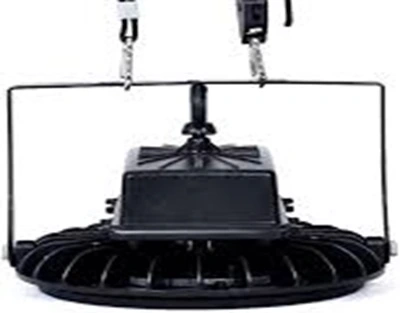
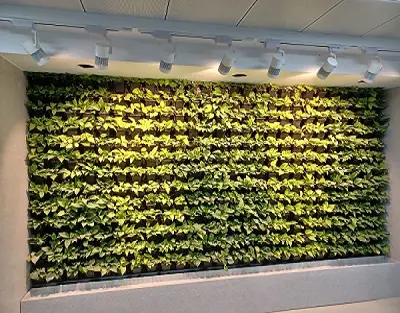
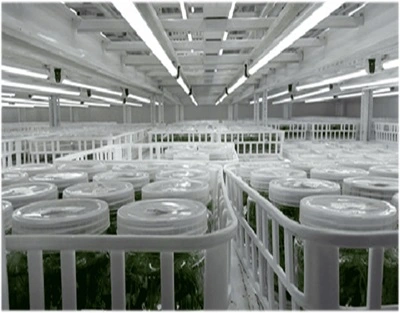
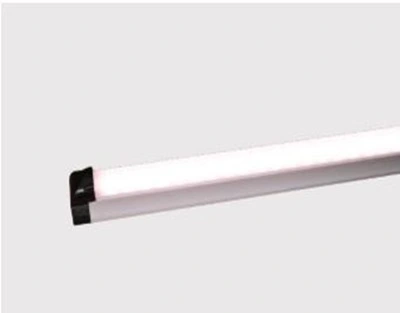
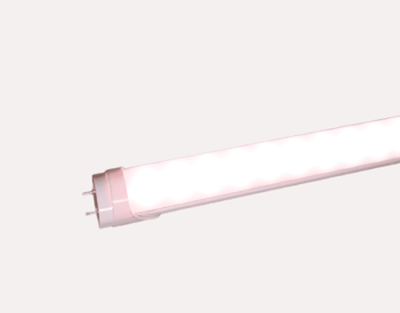
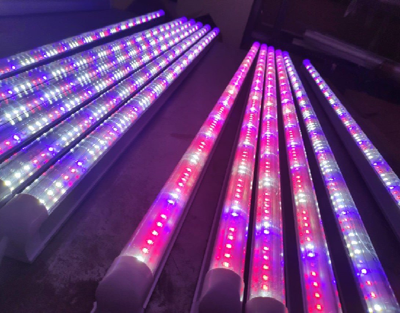
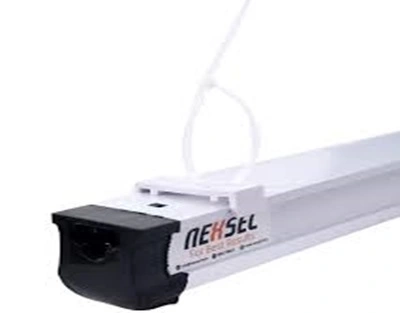
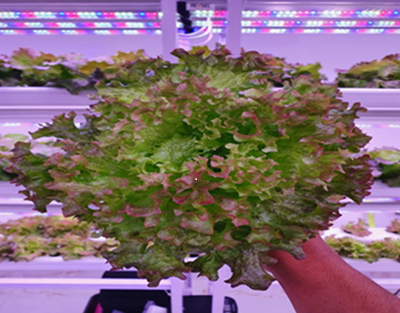
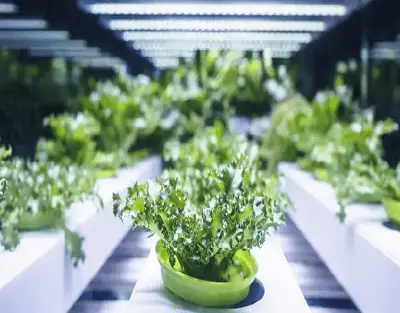
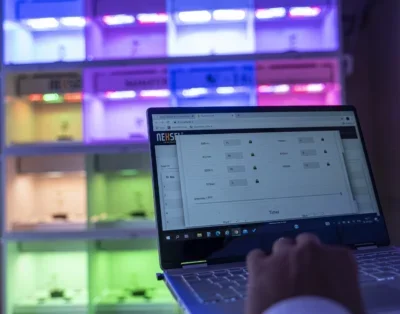


Leave A Comment